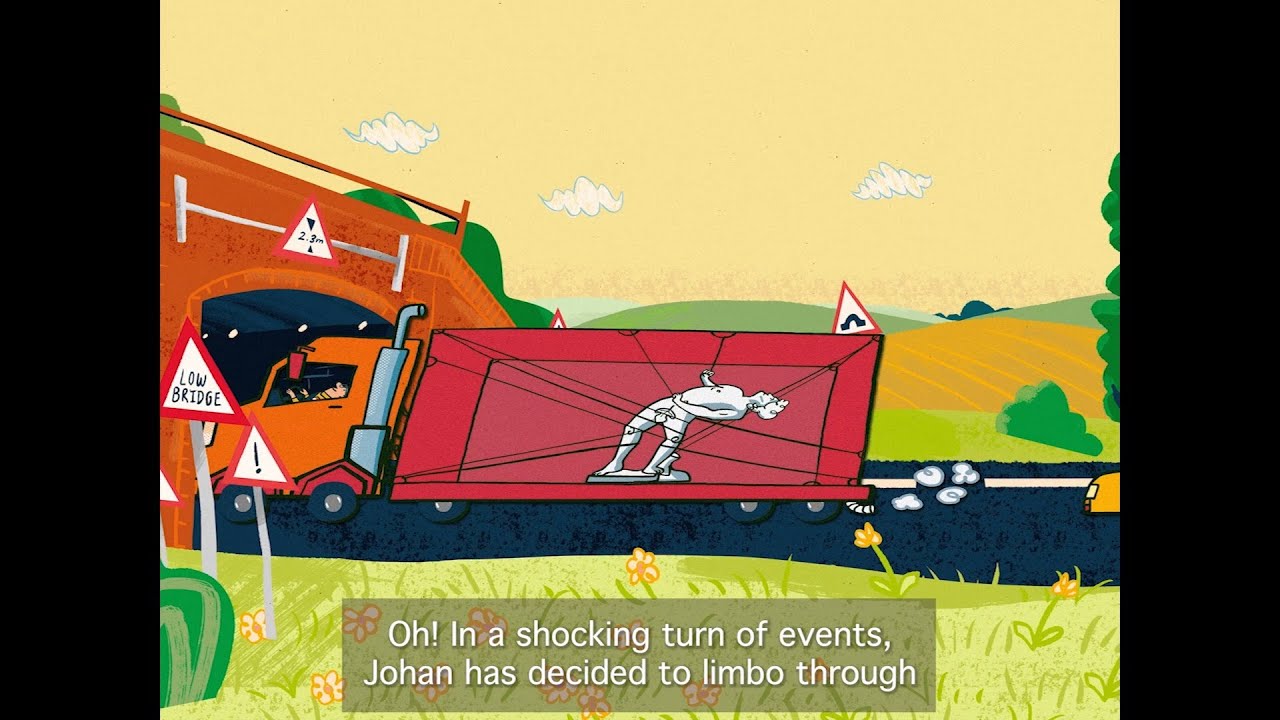November 16th, 2022
Planning permission granted for restoration of Portishead line
Portishead original GWR station c1867
The project to rebuild the 18.5km railway to Portishead near Bristol has been given the green light by transport secretary Mark Harper, who has signed a Development Consent Order.
In a letter published by National Infrastructure Planning, Mr Harper says he is ‘satisfied that the costs of the scheme have been appropriately assessed’. It has been calculated that the reopened line will serve a catchment area of 50,000 people, forming part of MetroWest Phase 1.
There has been a long campaign to reverse the withdrawal of passenger services between Parson Street station in Bristol and Portishead by British Railways in September 1964.
North Somerset Council leader Steve Bridger said the announcement was ’the result of over three years’ hard work from our officers and delivery partners, including Womble Bond Dickinson, Ardent, Jacobs and Network Rail. I would like to thank everyone who has put in a tremendous effort to secure the DCO.
‘The local population has quadrupled since the original Portishead rail line closed almost 60 years ago. In reopening this route and stations at Portishead and Pill, we can better connect our communities and businesses to the opportunities offered by continued growth across our region, both now and in the future.
‘With expected journeys of just 23 minutes, the reopened line would also provide a reliable alternative to the A369/M5 Junction 19, unlocking new ways for people to get around more sustainably as we all do our bit to reach Net Zero.
‘As a scheme of vital importance, North Somerset Council and West of England Combined Authority are committed to continuing the work needed to finally make Portishead rail a reality, rising to tackle national challenges where necessary, with an aim of starting construction in 2024.’
Network Rail Wales & Western investment director Francis McGarry said: ‘We warmly welcome the approval of a Development Consent Order which is an important milestone in the reopening of the Portishead line.
‘This line has been long awaited, and we look forward to working with our partners to deliver this major scheme which will play a significant role in supporting sustainable travel in and around Bristol.’
In July North Somerset Council had said that the projected capital cost of the scheme had risen to £152 million, and the granting of the DCO has followed an agreement between local authorities and the Department for Transport to collectively pledge £35.58 million in additional funding to meet the shortfall.
This funding and the start of construction will depend on a decision about the project’s Full Business Case in 2024.
Eat your heart out Dr. Beeching! 














































